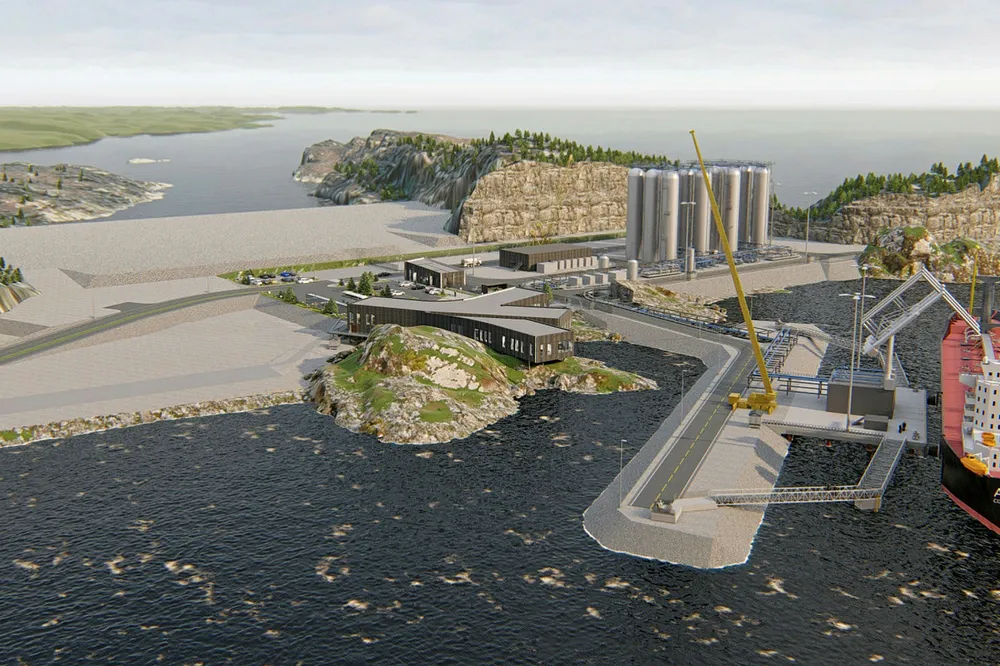Up to $35 billion in CCS development spending 'up for grabs' in Europe - report
Rystad Energy research suggests contracts could be on the table as early as next years as big-scale projects make progress

Rystad Energy research suggests contracts could be on the table as early as next years as big-scale projects make progress
